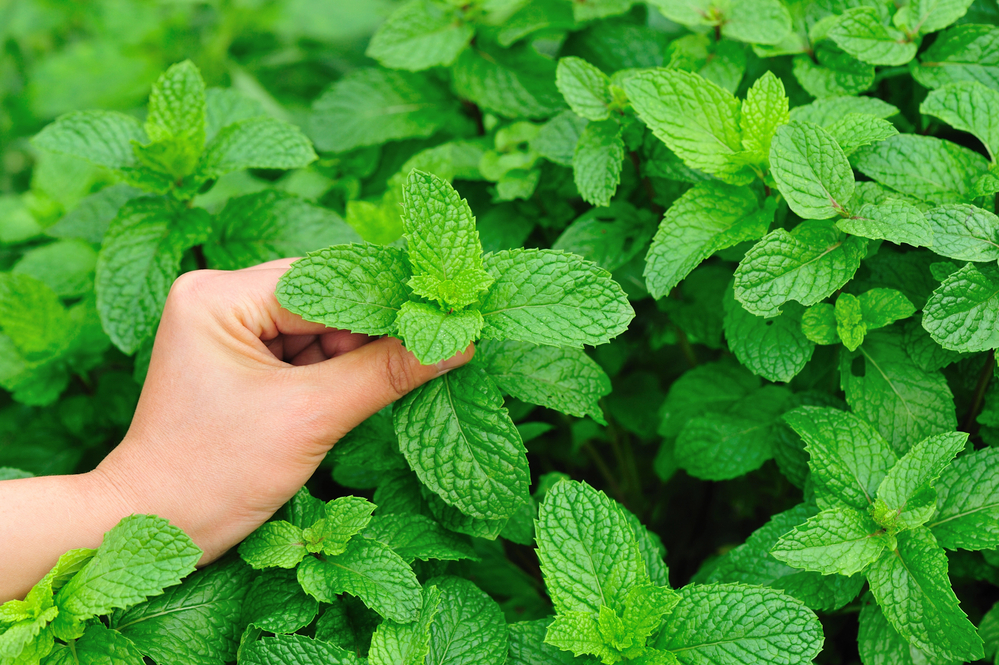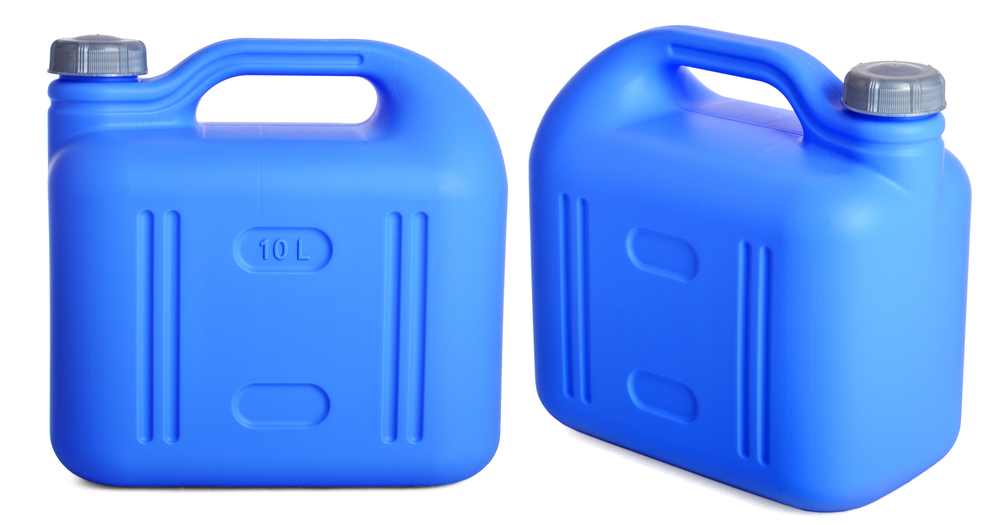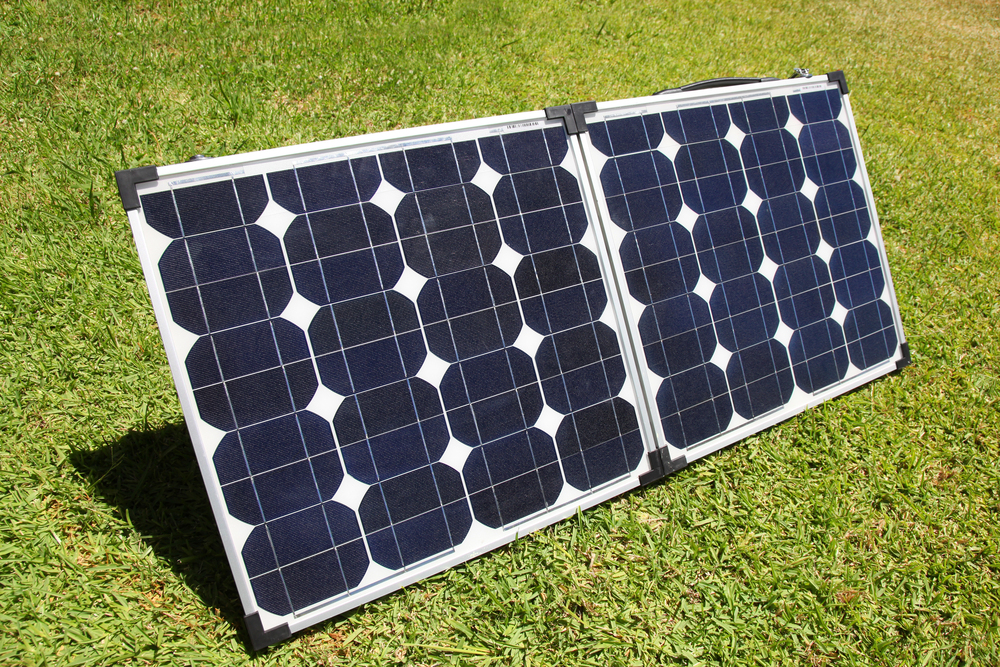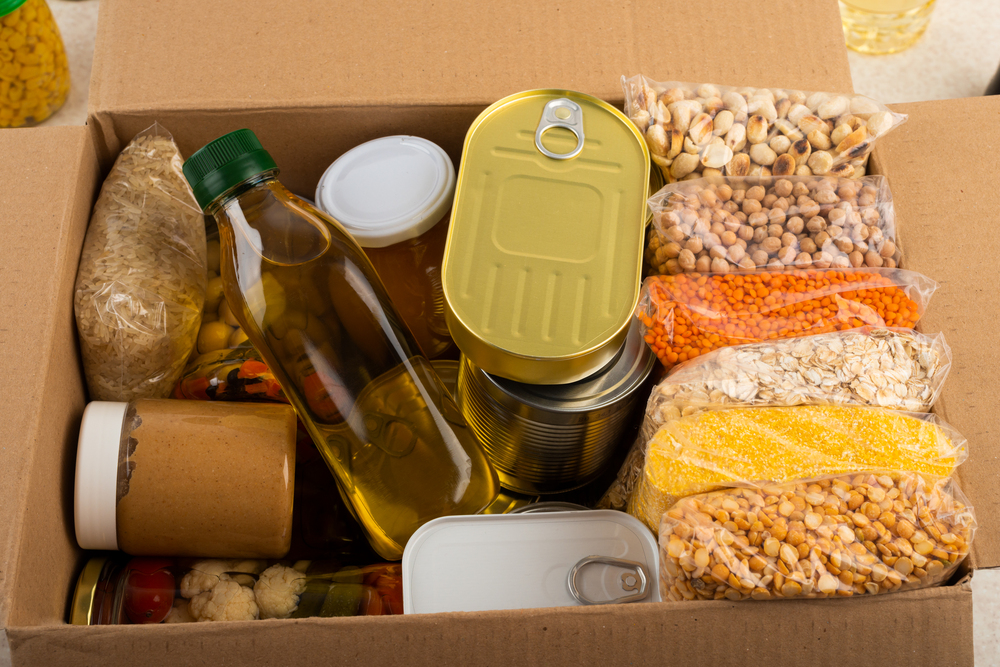It goes without saying that anyone interested in homesteading and prepping needs to have a survival garden.
I grow a lot of annuals, like tomatoes, potatoes, broccoli, beans, and peas, but annuals are a lot of work. They die at the end of every season which means you need to gather seeds at the end of the season, or in the case of potatoes you need to store some of your potatoes for next year, or if it’s garlic you need to save some of the cloves, etc. And then come spring you have to do all your planting.
What I really love are perennials. You plant them once and they come back year after year. This saves time, money and effort whether we’re in an SHTF scenario or not. (And in an SHTF scenario, money may not have any value, and we won’t be able to make a run to our favorite garden center in the spring to pick up more plants.)
Perennials will also be very valuable barter, if you have a MAG (mutual assistance group). Everyone will want food that grows year after year with minimal effort. Make sure that you grow more than you need, so you have enough to trade with your neighbors.
Here are some of the easiest to grow and best perennial plants for a survival garden:
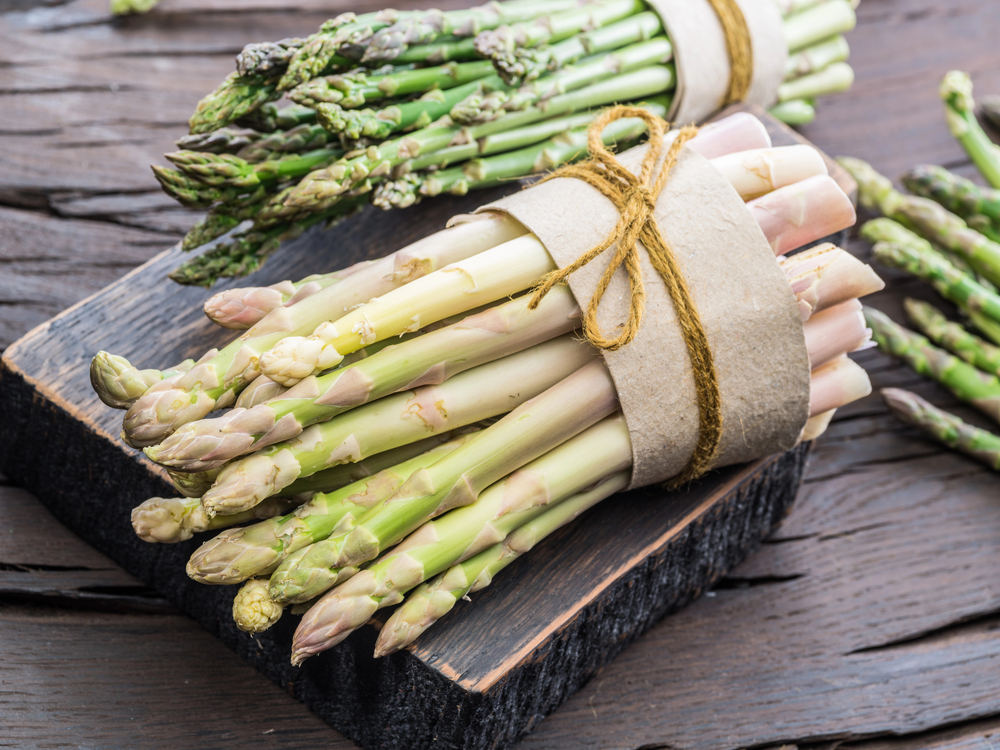
1. Asparagus
The king of the spring garden! Asparagus is a perennial favorite that can produce for up to 20 years. Plant them once and enjoy their tender shoots every spring. Asparagus do take up to a few years to mature enough to harvest them. You can start them as seeds, or crowns. They are rich in fiber, and vitamins A, K, C, and folate and potassium.
Pro Tip: Give asparagus a sunny spot and well-drained soil for the best results.
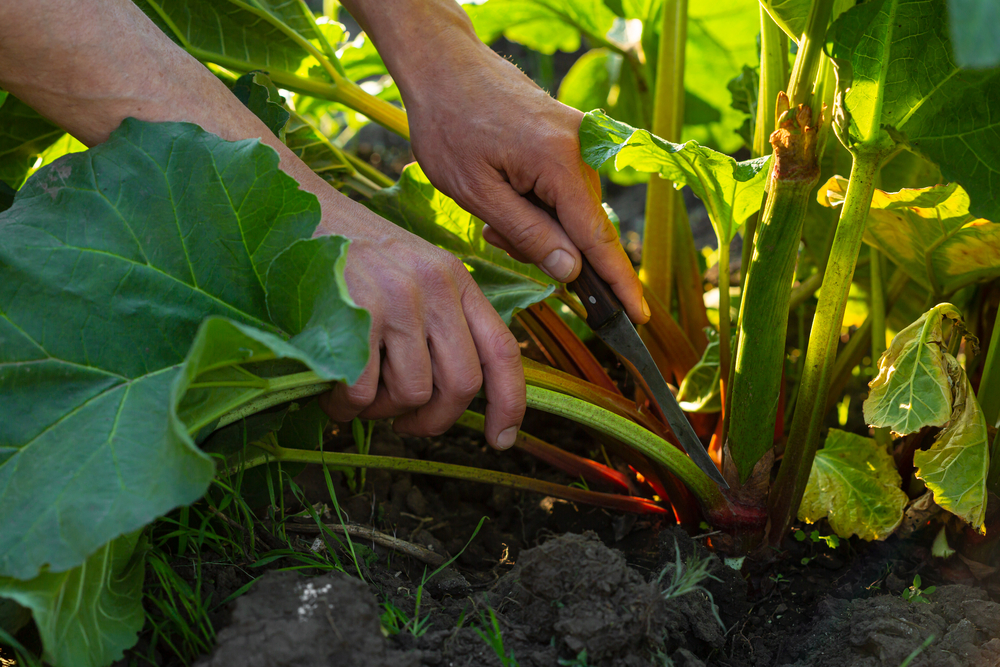
2. Rhubarb
Not just for pies! Rhubarb is super easy to grow and can handle a variety of soil types. Its tart stalks are perfect for desserts and sauces too. They can be grown from seeds or crowns. If grown from seeds, it will take several years before you can harvest the first crop. If you buy two-year-old crowns, the first harvest will come in a year. Rhubarb has a healthy supply of Vitamin C, B6, Magnesium, and Calcium.
Warning: Rhubarb leaves are toxic, so stick to eating the stalks.
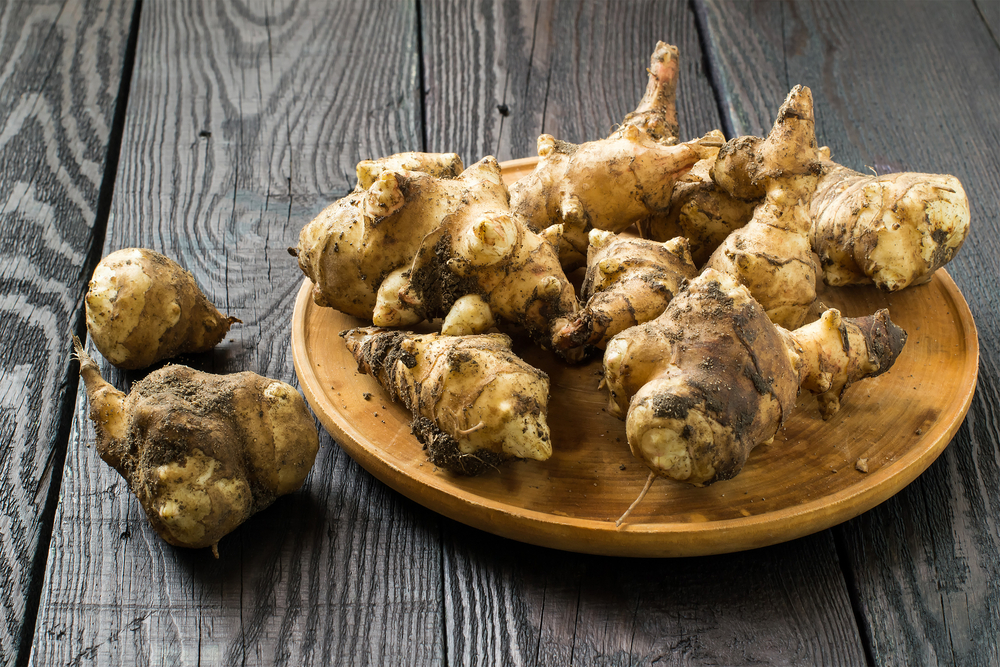
3. Jerusalem Artichokes (Sunchokes)
These knobby tubers are a powerhouse of nutrition and perfect for your survival garden. Jerusalem artichokes are incredibly hardy and can produce abundantly even in poor soil, which is great in an SHTF situation because we won’t have access to commercial fertilizers if society has collapsed. Plant them in the spring, 12 to 15 inches apart. They have Vitamin A, Iron, B6, and Magnesium.
Bonus: They can be eaten raw or cooked.

4. Horseradish
Horseradish is easy to grow and spreads like wildfire, so make sure to plant it in a contained area. Since it spreads so easily, you can grow extra, and trade it with your neighbors. Barter’s going to be big after SHTF, because cash money won’t be worth anything if our government collapses. The horseradish roots can be harvested year after year for a spicy kick in your dishes. Growing spices will be important in an SHTF scenario. Bland foods lead to reduced appetites.
Pro Tip: Harvest in the fall for the best flavor.
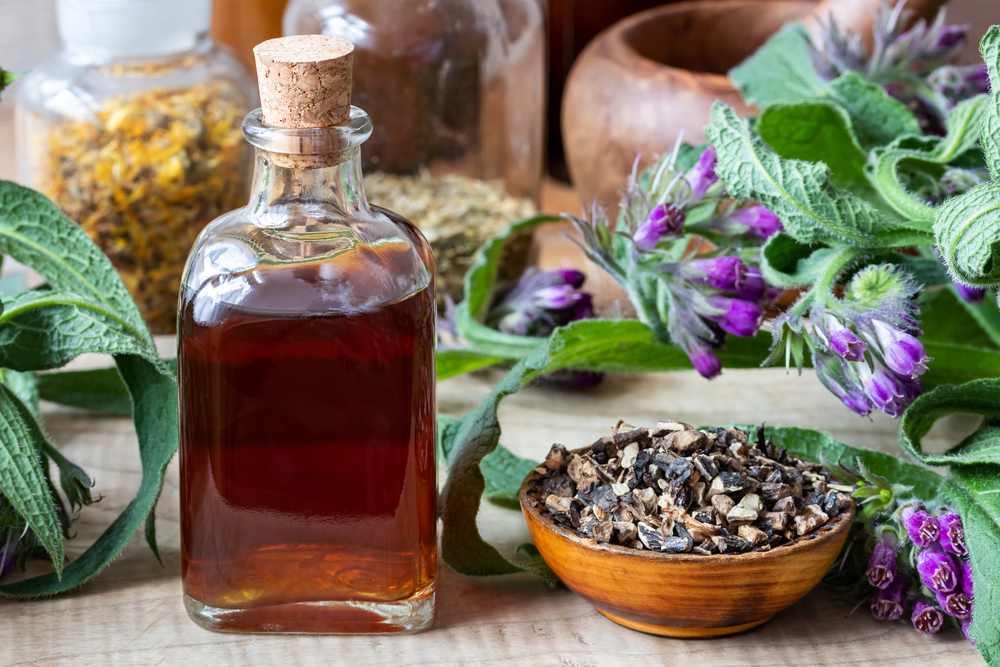
5. Comfrey
Comfrey is a must-have in any survival garden. It’s a fantastic potassium-reach fertilizer for your garden. Make comfrey tea by putting the leaves in a bucket of water, weighing them down, and letting it sit for at least 30 days. It will have a strong odor, so put the bucket outside of your house. Do not drink the comfrey tea! It’s only for your garden. Comfrey can be used as a natural remedy for wounds and inflammation; comfrey salve is a popular medication. The FDA says not to eat comfrey as taking it by mouth can cause liver damage.
Heads Up: It spreads quickly, so keep an eye on it to prevent it from taking over.
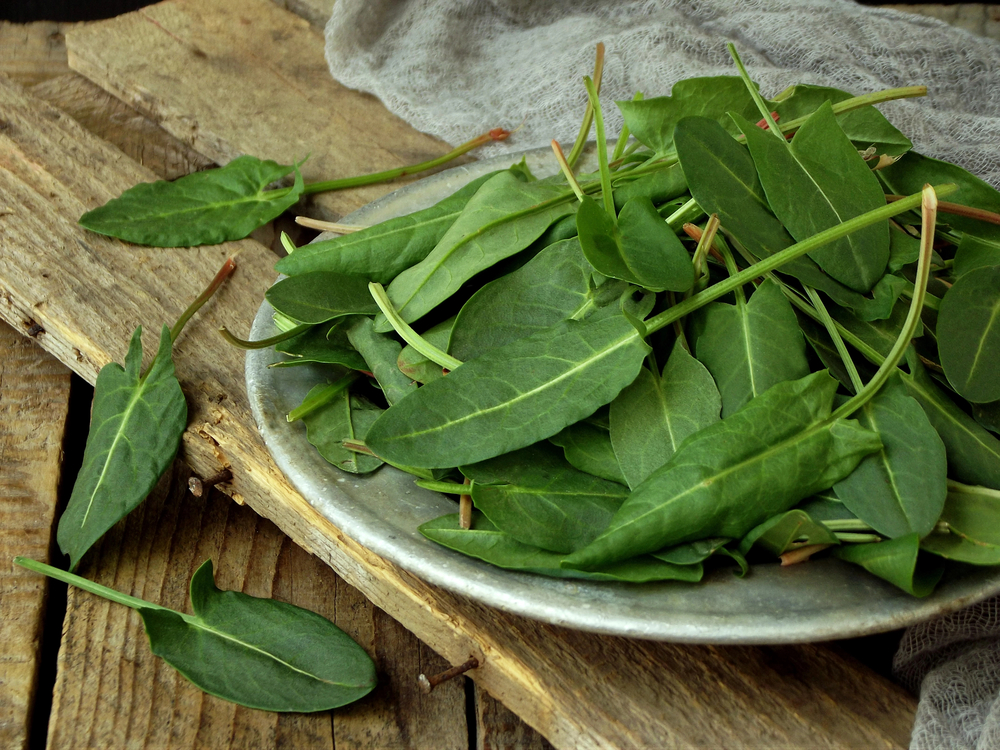
6. Sorrel
Sorrel is a leafy green with a delightful lemony flavor, perfect for salads and soups. It’s one of the first greens to pop up in spring and keeps producing all season long. You can start your sorrel in the spring, from seeds or sprouts. Sorrel is high in fiber and very high in vitamin C. It’s a mild diuretic.
Pro Tip: Regular harvesting encourages new growth.
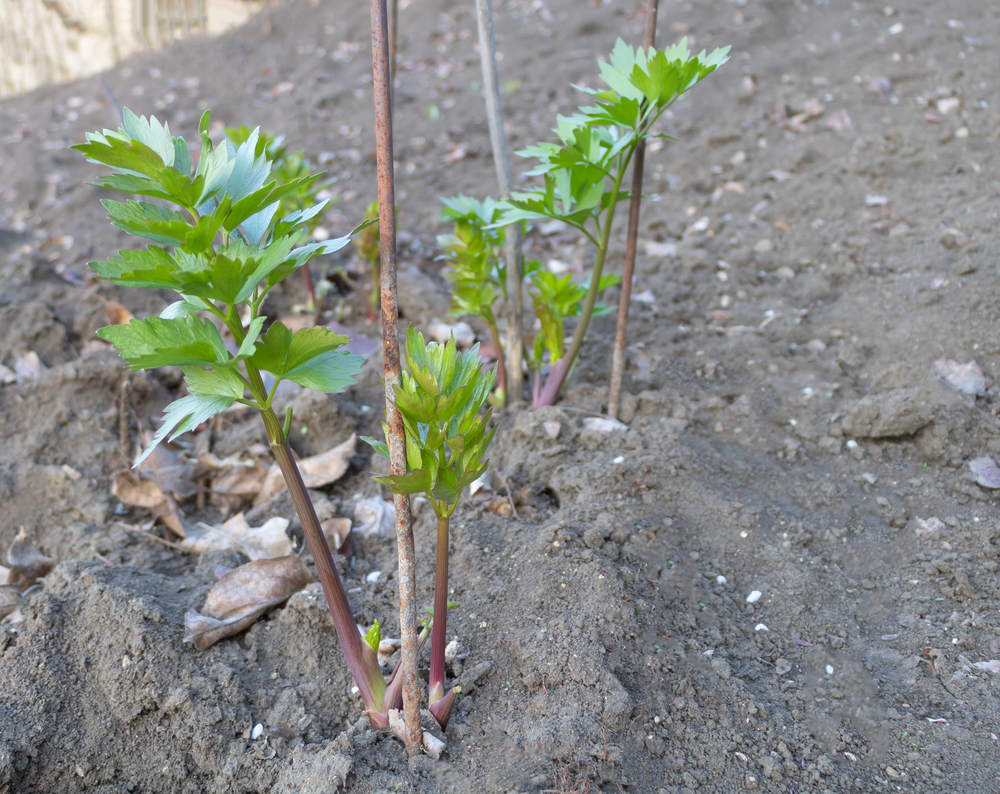
7. Lovage
This herb tastes like a cross between celery and parsley, making it a great addition to soups, stews, and salads. Lovage is super easy to grow and will come back year after year without much fuss. It’s high in Vitamin C and Vitamin B.
Fun Fact: Lovage was used as a love potion in ancient times!
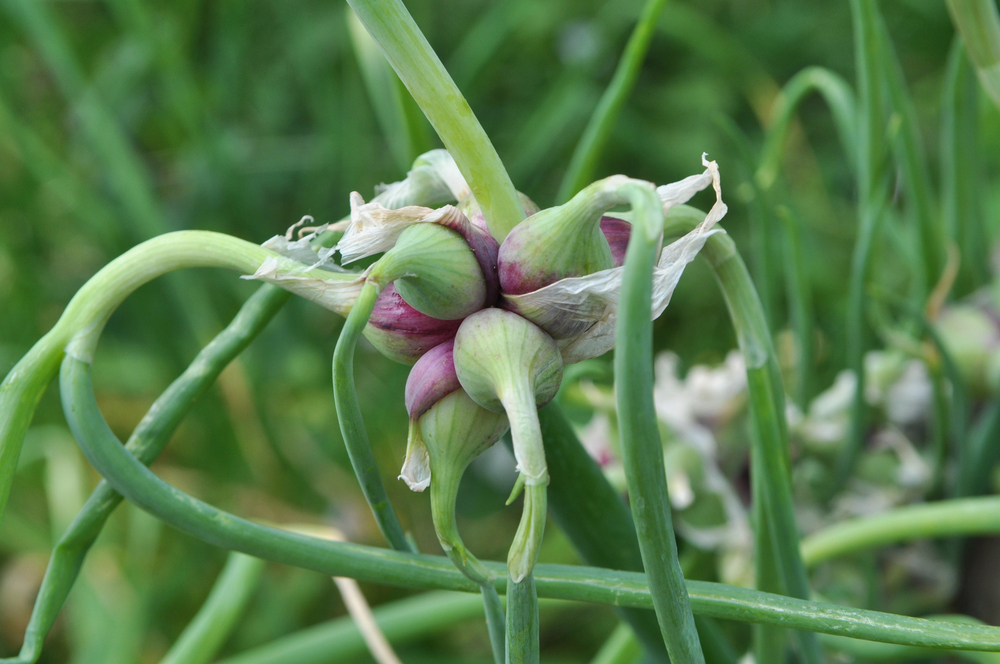
8. Walking Onions (Egyptian Onions)
No, these are not zombified onions! That would be fun to watch, though – I think. (Well, if they started scratching on the windows at night trying to get in the house…maybe not so much!) These quirky onions “walk” across your garden by producing small bulbs at the top of their stalks that eventually fall and replant themselves. They’re hardy, low-maintenance, and provide a continuous supply of onions. They contain vitamins A, C, and K, folate, potassium, calcium, and phosphorus – they’re a multi-vitamin in plant form!
Bonus: You can eat both the bulbs and the greens.
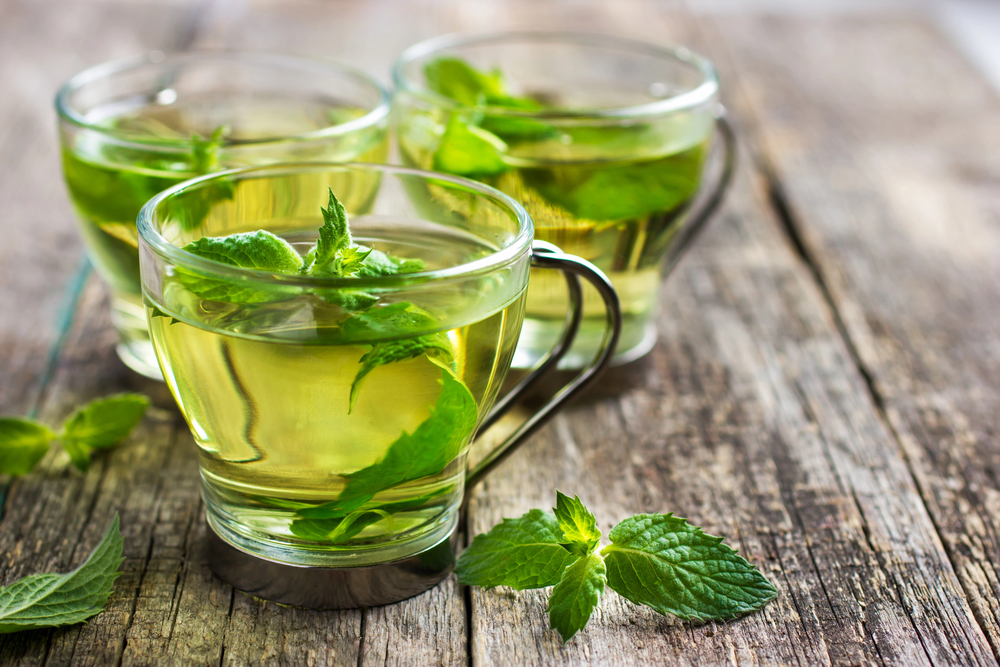
9. Mint
Mint is a classic perennial herb that’s great for teas, salads, and more. I drink mint tea all summer long. Mint is high in Vitamin A, iron, manganese, fiber, and folate.
You’ll only have to plant it once. It spreads aggressively and crowds out other plants, so it’s best grown in pots or a confined space in your garden. It’s easy to divide into new plants to trade with your neighbors.
Pro Tip: Try varieties like peppermint or spearmint for different flavors. There are tons of varieties of mints. I have a chocolate-scented mint in my garden, I swear.
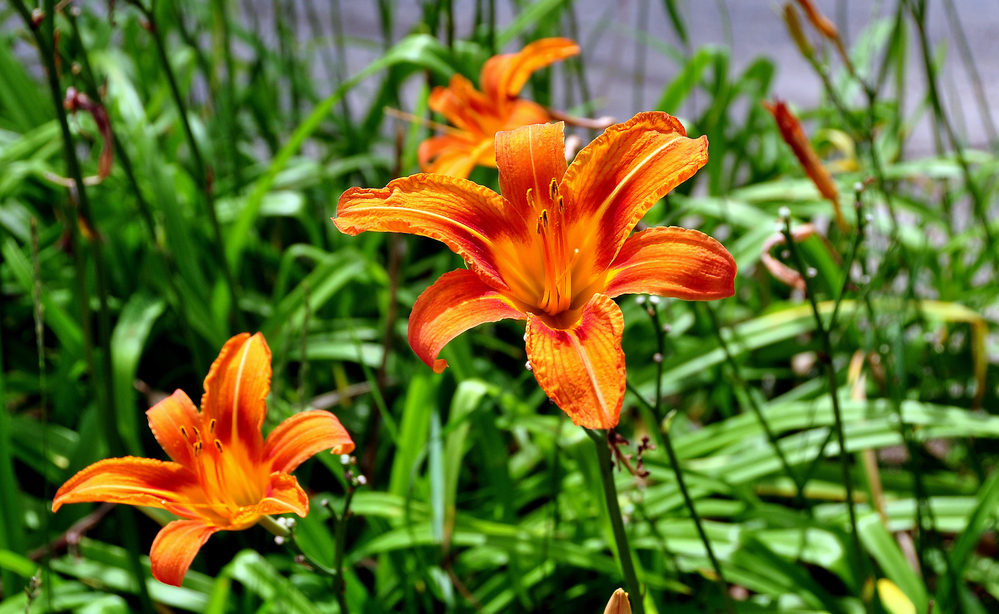
10. Daylilies
Not just pretty faces! Daylilies are edible and their buds, flowers, and tubers can be used in a variety of dishes. They have protein, Vitamin C, and Vitamin A. They’re also drought tolerant and hardy. Make sure that what you are eating is a day lily, though; there are a lot of lily varieties and some lily varieties are not edible.
Fun Fact: Daylilies have been used in Chinese cuisine for centuries.

